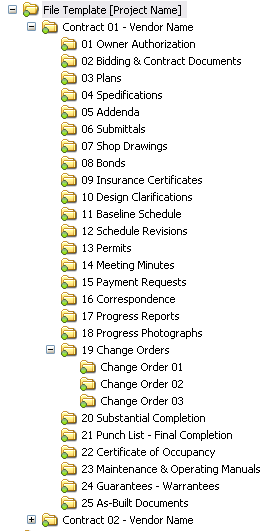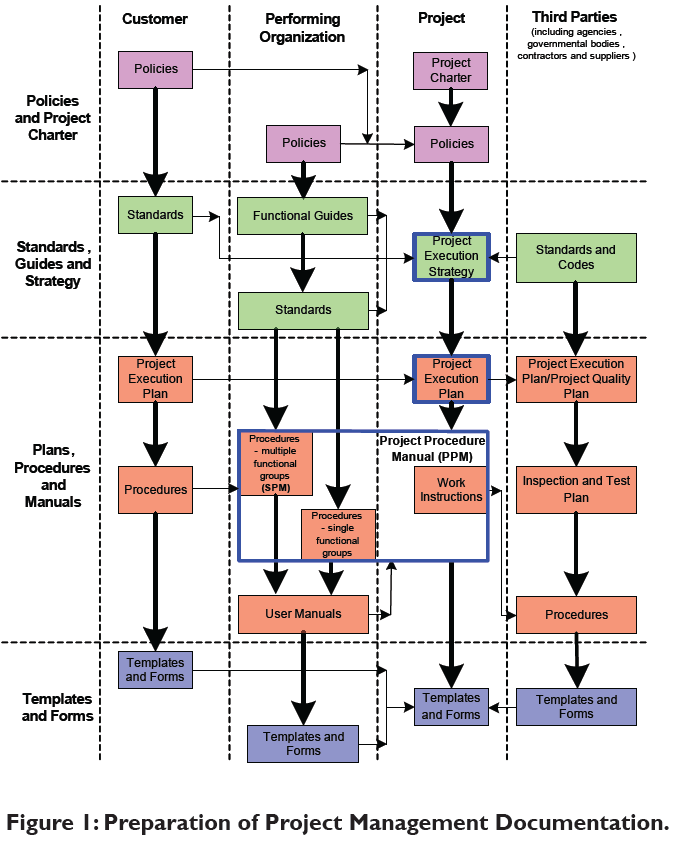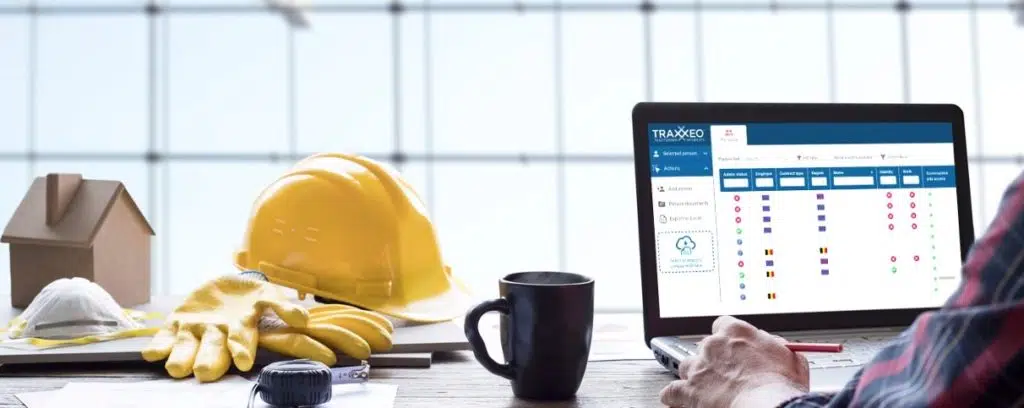From Disorder to Control: Utilizing the Potential of Construction Document Management
From Disorder to Control: Utilizing the Potential of Construction Document Management
Blog Article
Achieving Seamless Job Distribution: Designer's Comprehensive Strategy to Building And Construction Paper Monitoring
One critical facet frequently ignored is the monitoring of construction records, which offers as the backbone of every task. As engineers navigate the complexities of implementation, control, and layout, a thorough strategy to document monitoring arises as a cornerstone for accomplishing smooth job shipment.
Significance of Building File Monitoring
Reliable building and construction file administration plays a crucial duty in ensuring job success by facilitating seamless interaction and organization throughout the building and construction procedure. By preserving up-to-date and exact building and construction documents, architects can properly connect with contractors, subcontractors, and various other stakeholders associated with the task. These records work as a reference point for all celebrations, ensuring that everybody is functioning from the exact same set of info and decreasing the chance of misconceptions or mistakes.
Additionally, appropriate record management can enhance project efficiency, decrease costly delays, and ultimately lead to the successful completion of construction projects. Architects who prioritize building file management set a solid structure for task success and show a commitment to providing top notch results.
Secret Aspects for Effective Documentation

Offered the crucial duty that accurate and organized construction paperwork plays in ensuring job success, it is crucial to identify crucial elements that contribute to effective paperwork monitoring. Concise and clear interaction is extremely important. All stakeholders must understand the paperwork demands and have the ability to accessibility and analyze the information easily. Secondly, developing standard templates and protocols guarantees uniformity throughout all task records. This consists of calling conventions, documents frameworks, and alteration control to protect against mistakes and complication. Routine reviews and updates are important to keep documentation reflective and current of the project's progression. This technique aids recognize any type of inconsistencies or changes that need to be resolved immediately. Finally, executing a robust record management system that allows for variation control, access restrictions, and audit tracks considerably improves the organization and safety and security of task documentation. By incorporating these crucial elements into building and construction paper monitoring techniques, engineers can streamline procedures, lower errors, and ultimately add to the effective delivery of tasks.
Using Modern Technology for Document Company
Leveraging sophisticated digital tools and software systems contributes in boosting the company and availability of construction documents. Architectural firms can improve their record management procedures by implementing specialized software made for the construction market. These devices offer features such as version control, cloud storage, and collective modifying capabilities, enabling staff member to work with documents at the same time and guaranteeing everybody has accessibility to one of the most updated information.
One secret benefit of using modern technology for record organization is the capacity to develop a central database for all project-related data. By storing documents in a secure digital setting, designers can conveniently search, retrieve, and share information with stakeholders, lowering the risk of version conflicts or misplaced data. Additionally, progressed software program remedies often incorporate metadata tagging and indexing functionalities, permitting users to classify papers successfully and fetch them quickly when needed.
Collaborative Methods With Job Teams
To optimize job outcomes, designers need to welcome collective approaches when dealing with project groups to ensure seamless communication and sychronisation throughout the this hyperlink construction process. Cooperation with job groups is necessary for designers to properly manage building and construction jobs. construction document management. By promoting open communication and team effort among all stakeholders, engineers can use this link simplify decision-making processes, address prospective problems proactively, and make sure that everybody is lined up with the job objectives
Architects must establish clear lines of interaction with engineers, professionals, clients, and various other crucial employee from the start of the task. Routine conferences, progress updates, and feedback sessions should be set up to keep every person educated and engaged. Using collective project monitoring tools can also help with real-time information sharing and paper partnership, improving transparency and effectiveness.

Ideal Practices for Document Variation Control

Verdict
In final thought, effective building and construction file management is important for accomplishing smooth job distribution (construction document management). It is necessary for designers to carry out ideal practices in record monitoring to successfully navigate the intricacies of building jobs.
Effective building paper monitoring plays a crucial role in guaranteeing job success by helping with seamless interaction and company throughout the construction procedure. In addition, correct paper monitoring can boost job efficiency, decrease pricey delays, and inevitably lead to the effective completion of building tasks.To enhance task outcomes, architects need to welcome joint methods when working with job teams to make sure smooth communication and coordination throughout the building and construction process. Collaboration with task groups is necessary for designers to properly manage building and construction tasks.In the realm of joint building and construction job monitoring, preserving accurate control over document versions stands as a crucial practice for making certain project integrity and cohesion.
Report this page